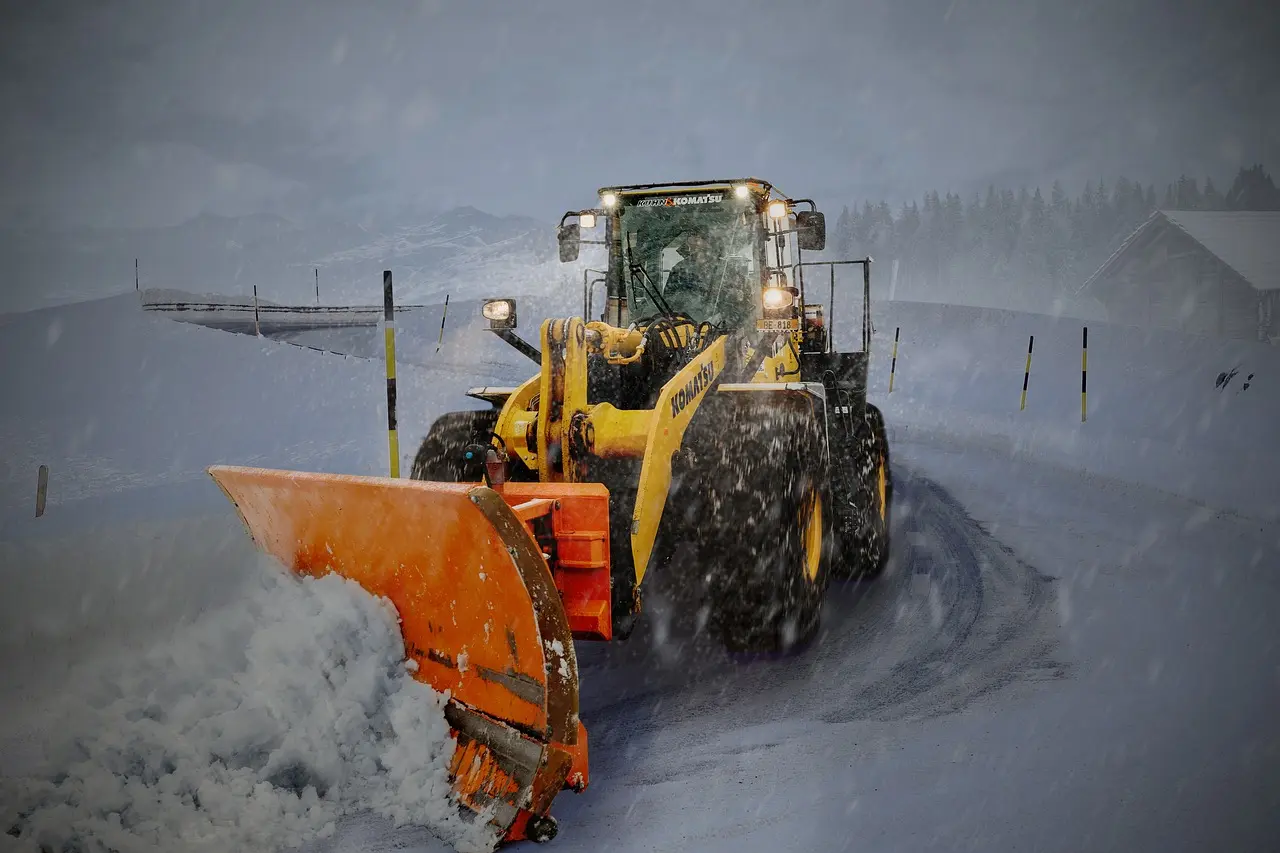Using Skid Steer Snow Plow Attachments: Tips and Precautions - Bonovo
Skid steer snow plow attachments are valuable tools for efficiently removing snow and ice. Whether you are a professional contractor or a homeowner, understanding the proper techniques and precautions when using a skid steer snow shovel attachment is essential for safe and effective snow removal.

I. Choosing the Right Skid Steer Snow Plow Attachments:
1. Consider the size and weight capacity of your skid steer when selecting a snow plow attachment. Ensure that the attachment is compatible with your machine's specifications to avoid any performance issues or damage.
2. Look for attachments with adjustable blades or wings. This feature allows you to adapt the plow to different snow conditions and widths, enhancing efficiency and versatility.
II. Preparing the Skid Steer:
1. Inspect the skid steer and attachment before each use. Check for any signs of wear or damage, such as loose bolts or cracks. Address any issues promptly to prevent accidents or breakdowns during operation.
2. Ensure that the skid steer is properly maintained, including regular oil changes, filter replacements, and greasing of moving parts. A well-maintained machine will perform better and last longer.
III. Safety Precautions:
1. Always wear appropriate personal protective equipment (PPE) when operating a skid steer snow plow attachment. This includes safety glasses, gloves, and steel-toed boots.
2. Familiarize yourself with the skid steer's operator manual and follow all safety guidelines provided by the manufacturer.
3. Clear the work area of any obstacles or hazards before starting the snow removal process. This includes rocks, branches, or other debris that may damage the attachment or pose a safety risk.
4. Be aware of your surroundings and avoid operating the skid steer near pedestrians or vehicles. Maintain a safe distance from people and objects to prevent accidents.
5. Do not overload the skid steer with excessive amounts of snow. Follow the recommended weight capacity specified by the manufacturer to prevent strain on the machine and ensure safe operation.
IV. Operating Techniques:
1. Start by pushing the snow in a straight line, away from buildings or other structures. This helps create a clear path for subsequent passes.
2. Use a slow and steady pace when operating the skid steer snow plow attachment. Avoid sudden movements or jerking motions that may cause instability or damage to the attachment.
3. Angle the blade slightly to one side to push the snow towards the desired direction. This technique helps prevent snow from piling up in front of the attachment.
4. If dealing with deep or heavy snow, make multiple passes rather than trying to remove it all at once. This approach reduces strain on the skid steer and improves overall efficiency.
5. Take breaks as needed to rest and prevent fatigue. Operating heavy machinery for extended periods can be physically demanding, so listen to your body and avoid overexertion.
Conclusion:
Using a skid steer snow plow attachment can greatly simplify the snow removal process, but it is important to follow proper techniques and precautions for safe and efficient operation. By choosing the right attachment, preparing the skid steer adequately, adhering to safety guidelines, and employing effective operating techniques, you can make winter snow removal tasks more manageable and less time-consuming. Remember to prioritize safety at all times and consult the manufacturer's instructions for specific guidance on your skid steer snow plow attachment model. Stay safe and enjoy hassle-free snow removal!




